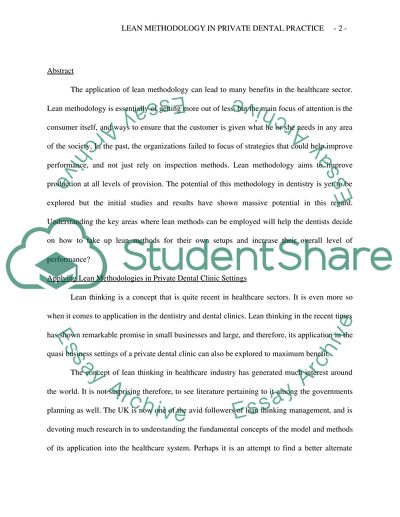Cite this document
(“Lean Methodologies in Private Dental Surgery Essay”, n.d.)
Lean Methodologies in Private Dental Surgery Essay. Retrieved from https://studentshare.org/health-sciences-medicine/1510708-lean-methodologies-in-private-dental-surgery
Lean Methodologies in Private Dental Surgery Essay. Retrieved from https://studentshare.org/health-sciences-medicine/1510708-lean-methodologies-in-private-dental-surgery
(Lean Methodologies in Private Dental Surgery Essay)
Lean Methodologies in Private Dental Surgery Essay. https://studentshare.org/health-sciences-medicine/1510708-lean-methodologies-in-private-dental-surgery.
Lean Methodologies in Private Dental Surgery Essay. https://studentshare.org/health-sciences-medicine/1510708-lean-methodologies-in-private-dental-surgery.
“Lean Methodologies in Private Dental Surgery Essay”, n.d. https://studentshare.org/health-sciences-medicine/1510708-lean-methodologies-in-private-dental-surgery.


